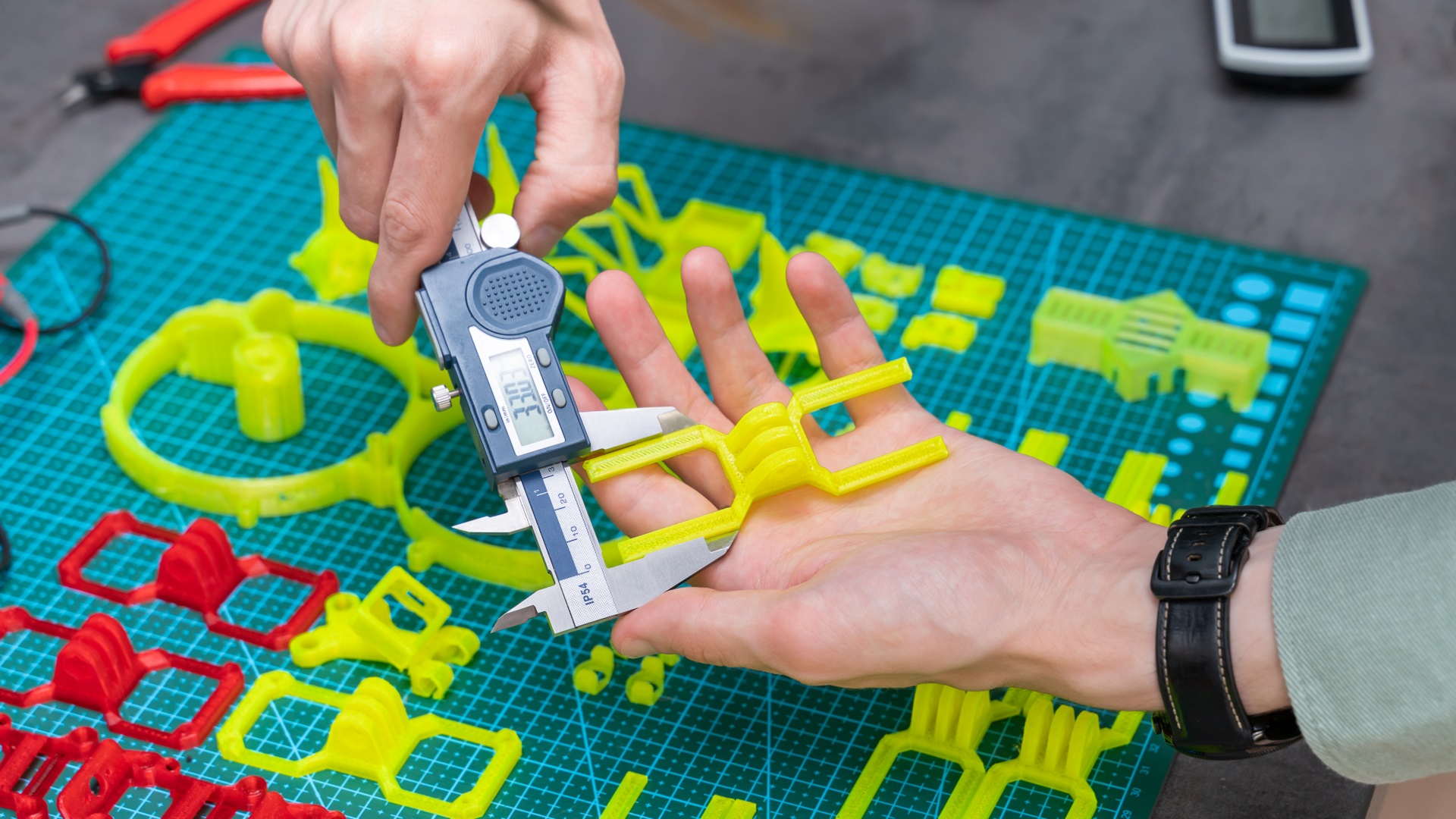Industry 4.0 technologies are moving from textbook to reality at a rapid pace. And as we get closer to a future where all things are connected, businesses must start to consider how they can stay competitive. One of the biggest opportunities in this field is on-demand 3D printing. This advanced manufacturing technique is gaining traction, and companies are taking advantage of its many benefits. In this article, we will discuss the concepts of on-demand manufacturing and 3D printing, and how the two can be combined to bring industry performance to the next level.
A Simple Definition of On-Demand Manufacturing
On-demand manufacturing is a system in which products are created as they are requested by buyers. This differs from traditional production lines that consistently pump out set quotas of items. Under an on-demand model, factories are essentially on standby, ready to create goods, and only start doing so when an order is placed. The process aims to minimize waste, reduce costs and increase efficiency.
On-demand manufacturing has become an important part of many sustainability initiatives within the industry, as it only requires what is actually needed to satisfy a product request. This can equate to saved energy and materials that would be otherwise wasted on a continuous production line. On-demand manufacturing has also historically saved factories time and money that they can reinvest in their operations.
The modern on-demand model has been heavily influenced by the rise of ecommerce and digital technologies. Automated websites, for example, provide a straightforward way for customers to place orders and have them fulfilled quickly. This has allowed businesses to better manage their inventory, while also providing an improved customer experience for those who want to customize the products they buy.
3D Printing, Explained
3D printing, often referred to as additive manufacturing in the context of industrial production, is a process of creating three-dimensional objects from digital models. It is implemented through the use of 3D printers designed to heat and apply input material — such as plastic, resin, or metal — in layers, gradually building up an object’s shape from as little as a single layer.
This technology continues to become more commonplace in recent years, with advancements such as materials with better thermal properties, greater strength and flexibility, increased printing speeds and reduced costs of production. Many factories are now using additive manufacturing to create parts or simplify their operations in one way or another, making it a key technology in the transition to Industry 4.0.
On-Demand 3D Product Printing In Action
Despite the respective benefits of both on-demand manufacturing and 3D printing, neither are perfect. On-demand production, for example, can reduce material waste and resource investment, but still involves both of those things. When done using the conventional method, there’s no way of producing an item without some degree of excess material.
3D printers, on the other hand, are very efficient in producing goods and reducing material waste, but can be costly to operate on a consistent basis. They require a great deal of investment and often specialized personnel who are trained to use them to their full effectiveness. The solution? Mix them together.
By combining 3D printing technology with on-demand production, businesses can capitalize on their respective strengths and make production more cost-effective and efficient.
3D product printing streamlines the process of creating an item from start to finish. When a customer places an order, they can specify exactly what they want, down to the color and size. The 3D printer then uses this information to create and print the exact item they requested using minimal materials — no more, no less. Under an on-demand system, this specificity is afforded on an as-needed basis, meaning no additional energy is put into the process other than what is actually needed.
The result? Companies can drastically reduce material cost and inventory management hassles, while simultaneously providing a better experience for their customers.
Let’s illustrate things further with an example. Say a customer places an order for a custom-colored phone case with their name and favorite design. Without 3D printing, the company would have to order and inventory pre-made cases in different sizes and colors that would likely never all be sold. However, with 3D printing and on-demand production, the company can take the order information from the customer, create a digital model of their desired item, and 3D print it with the exact specifications requested.
Why 3D Printing Is a Game-Changer for On-Demand Manufacturing
You don’t need to be a genius to see how 3D printing and on-demand manufacturing have the potential to revolutionize the manufacturing sector as we know it today. Just consider all of these advantages:
Reduced Waste
Since 3D printing creates objects directly from digital models, there’s no need to source or order excess materials. This means less material is wasted on production and inventory, which can save companies a great deal of money in the long run.
Shorter Production Times
The entire process of creating a product can be done much faster with 3D printing. For example, instead of waiting days or weeks for a shipment of raw materials, you can create the exact product desired in mere hours. This significantly reduces turnaround times and gives customers faster access to their on-demand orders.
Enhanced Product Design
Manual manufacturing processes are limited in the level of detail they can apply to the product design process. 3D printing, on the other hand, takes a completely holistic approach. Not only can the exact specifications of an item be programmed from start to finish, but intricate details that weren’t possible before — such as curves, angles, and textures — can now be added with ease.
On-demand 3D printing is set to revolutionize how businesses create, store and distribute their goods. The technology promises improved operational efficiency, faster product delivery, and greater customer satisfaction. Companies that are able to capitalize on the latest advancements in 3D printing will be well-positioned to survive and thrive in the digital age. This is a shift towards the future of manufacturing that no one can afford to miss out on.
Sign up today for a free Essential Membership to Automation Alley to keep your finger on the pulse of digital transformation in Michigan and beyond.
Automation Alley is a World Economic Forum Advanced Manufacturing Hub (AMHUB) for North America and a nonprofit Industry 4.0 knowledge center with a global outlook and a regional focus. We facilitate public-private partnerships by connecting industry, education and government to fuel Michigan's economy.




